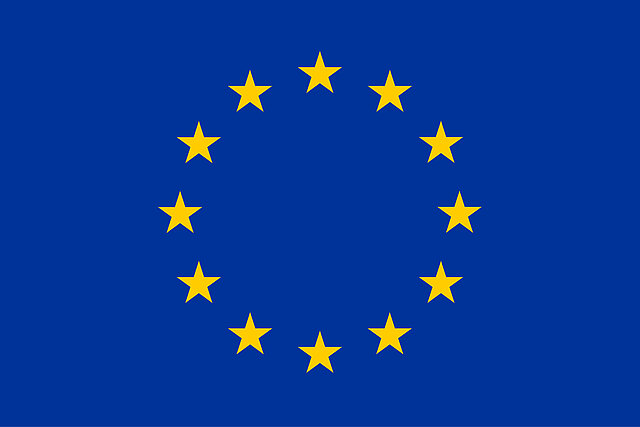INNOTARGETS (ITN)
Innvative approaches to identification of metabolic Targets for antimicrobials


What is your project about and what are the goals of your research?
Antimicrobial resistance is a major problem for human health. Some multi-resistant microbial strains are resistant against all antibiotics currently on the market. Infections due to resistant bacteria are predicted to cause more deaths than cancer by 2050. Metabolic enzymes have so far been largely neglected as potential drug targets for antimicrobials. This is mainly due to the lack of understanding how pathogens alter metabolism during infection, that metabolic pathways are often redundant, and that therefore essential enzymes are hard to predict. In INNOTARGETS we will employ a combined experimental and theoretical approach to fill these knowledge gaps with the goal to identify innovative targets for antimicrobials.
How did the project idea arise?
The coordinator, Prof. John Olsen from the University of Copenhagen, is a veterinary scientist interested in evolutionary processes. In discussions with theoreticians, in particular my colleague Dr. Mark Poolman from Oxford Brookes University and myself, we often raised very fundamental questions. For example, we wondered how very closely related pathogenic strains can have very different host specificities and show a huge spectrum in severity of the symptoms that they cause. Moreover, we were interested in understanding how pathogens interact with their hosts on a metabolic level. Which chemicals do they use as nutrients, how do they extract these from the host, and how do they alter the metabolism of themselves and their host? These ideas have contributed to the formation of this international consortium that aims at training a new generation of scientists to become dedicated experts within antimicrobial discovery with a unique and wide-reaching competence profile, capable of working and collaborating along the continuous spectrum from basic biology to antimicrobial development and across academic and industrial environments.
Why did you decide to apply for a Marie-Curie grant and why now?
Marie-Curie Initial Training Networks provide the rare opportunity of bottom-up projects, where the ideas are freely defined by the applicants, and which allow for the European and International scale that was needed for this project. Few other funding schemes allow to bring together partners from Italy, Spain, Germany, the Netherlands, the UK and Denmark to work on our common goal. Moreover, ITNs are focussed on training, and we feel that our innovative research approaches require a long-term perspective and that by training a new cohort of young scientists we set the ground for novel future strategies for antimicrobial research.
What do you recommend researchers who are interested in applying for research funding?
Be convinced of your idea! Only if you really want to work on the project consider writing a proposal. If you are really enthusiastic about your own project, writing the proposal is so much easier. If you are not convinced, you won‘t be able to convince others. Then, work out your proposal, discuss it with colleagues and collect feedback. Assemble your team carefully. It is easy to increase the group size but virtually impossible to decrease it. Lastly, don‘t be disappointed if you are rejected. Especially with EU projects, the funding rate is low, so in addition to your great idea, you need luck (and maybe the help of professionals to write it). So be persistent and try again. We needed three attempts to be successful with INNOTARGETS.
| Project duration | March 1st 2021 to February 28th 2025 |
| Grant amount HHU | EUR 252.788,40 |
| Total grant amount | EUR 3.261.955,32 |
| Funding programme | MSCA-ITN-ETN - European Training Networks |
This project has received funding from the European Union’s Horizon 2020 research and innovation programme under the Marie Skłodowska-Curie grant agreement No 956154.

